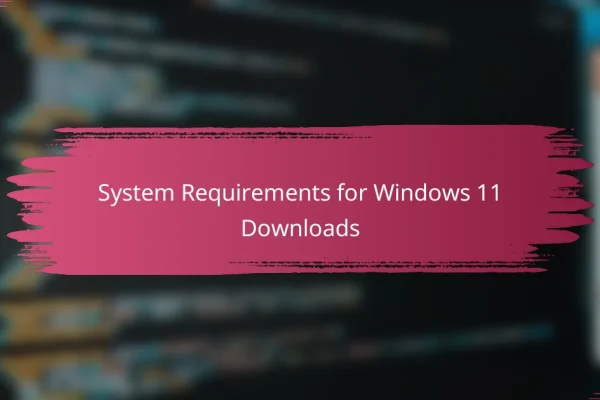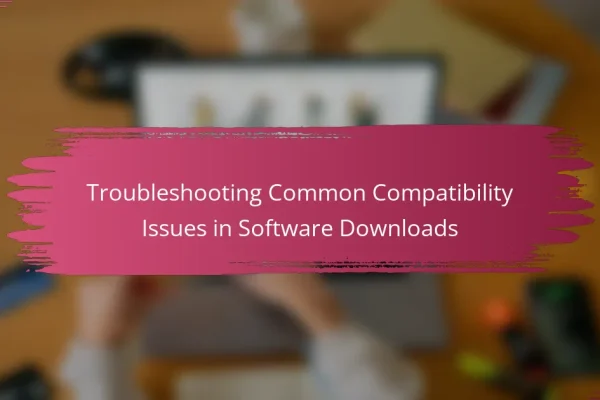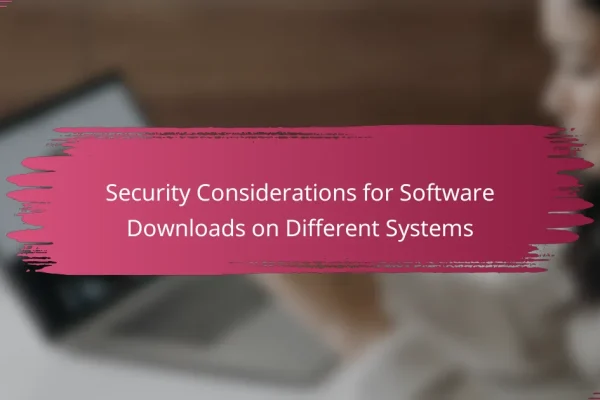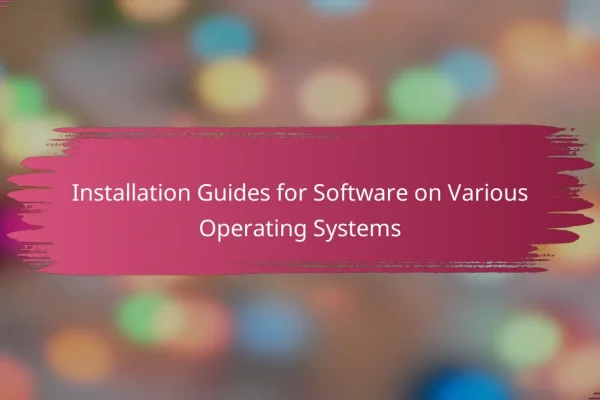
Compatibility Features of macOS Software Downloads
The article focuses on the compatibility features of macOS software downloads, detailing how applications are designed to work with specific macOS versions and various hardware configurations. It highlights the importance of minimum system requirements, including processor type, RAM, and available storage, which are essential for optimal application performance. Additionally, the article discusses support for specific…








